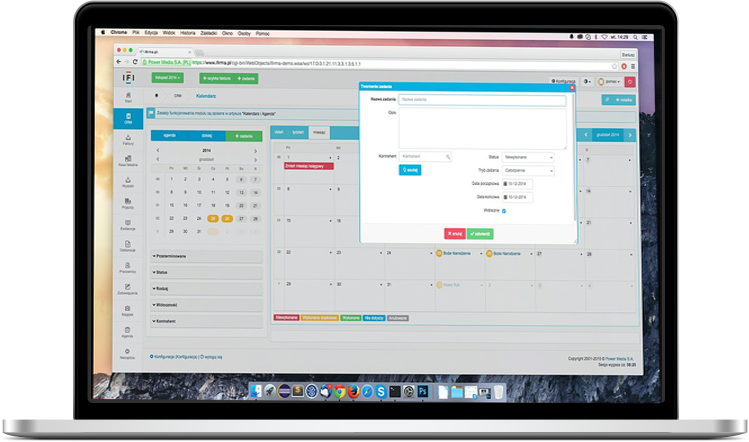Footballstats
Football stats are numerical data that show the performance of players, teams, and matches. They help fans, coaches, and analysts understand how well a team or player is doing.

Stats help evaluate how well players and teams perform in specific
areas:
A striker with high goals per match is considered efficient.
A midfielder with high pass completion shows control and vision.
Defenders with many tackles and interceptions are key to stopping
attacks.
Stats turn performance into measurable data.
Coaches use stats to:
Adjust game plans based on what’s working (e.g., if the team
struggles in possession).
Identify weaknesses (e.g., conceding too many goals from corners).
Choose starting line-ups and substitutions based on form and
fitness.
Stats help in evidence-based decision-making rather than relying
only on instinct.
Clubs use stats to scout new players:
A club looking for a creative midfielder might focus on players
with high key passes and assists.
Defensive stats (like clearances, blocks) help identify solid
defenders.
This approach reduces risk in transfers by identifying consistent
performers.
By tracking progress over time, stats help in:
- Measuring growth or decline in a player’s form.
- Identifying areas where training is needed.
- Setting clear performance goals (e.g., increase passing accuracy
or improve shot conversion).


Football stats turn a fast-paced, dynamic game into something that can be analyzed, improved, predicted, and enjoyed in a deeper way. They are essential for professionals on the field and fans off the field.
$11
monthly$22
monthly$33
monthlyFootball stats are numerical data that show the performance of players, teams, and matches. They help fans, coaches, and analysts understand how well a team or player is doing.
